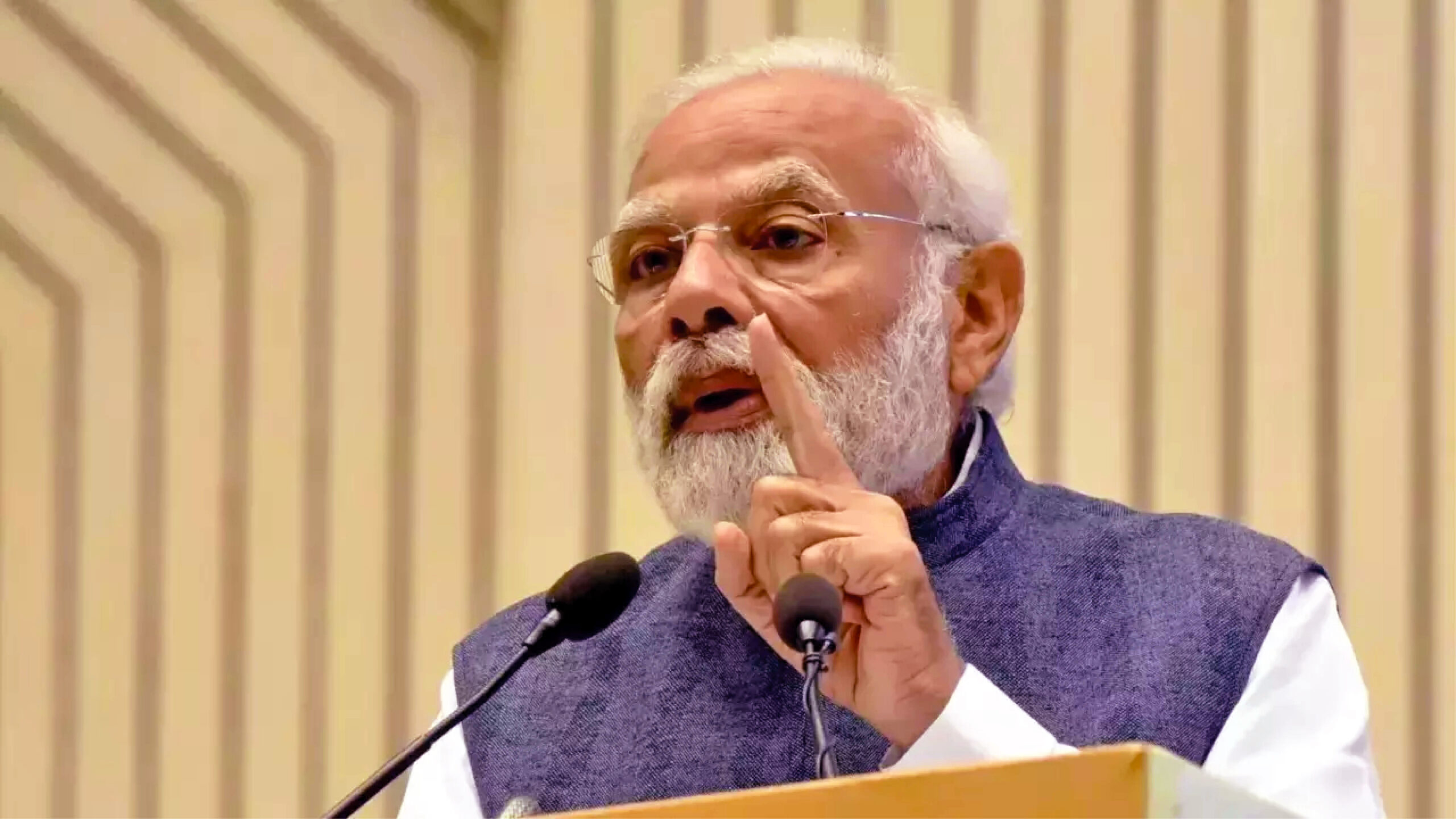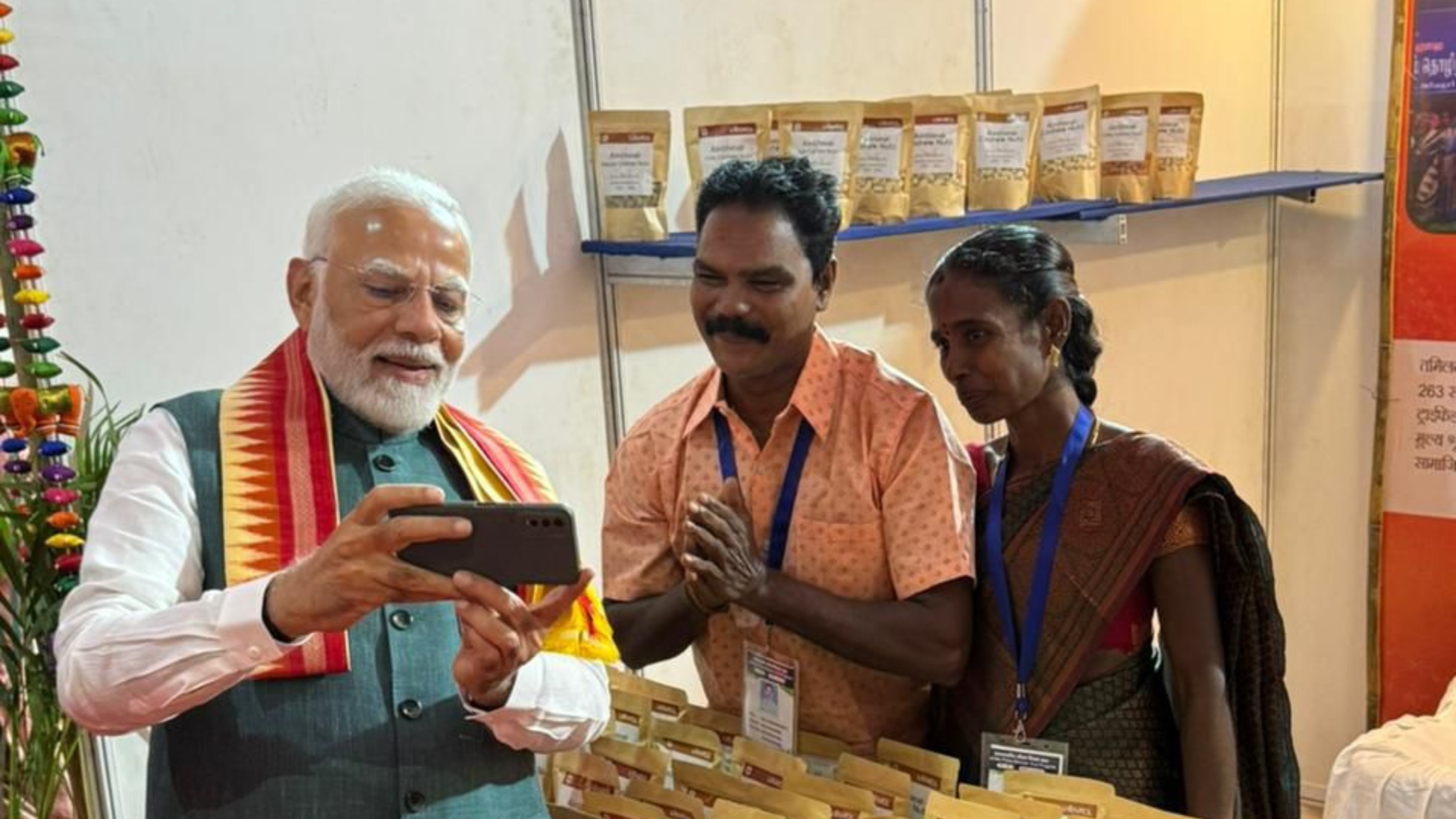
Access to healthcare is crucial for upholding the right to life in India. Despite its economic growth, India faces ongoing challenges in ensuring widespread healthcare access. To truly promote equality, India must not only strive for gender equality in the workforce but also prioritize healthcare access for women. According to the NITI Aayog report on Investment opportunities in India’s healthcare sector, healthcare has become one of the prominent sectors in the Indian economy, being the fifth largest employer and growing at a compound annual rate of 22%. However, this has to be contrasted with the fact that reproductive health does not show promising figures in India. As per the National Family Health Survey 5 (NFHS-5) (National Family Health Survey 2020-21) survey, women aged 15-19 years who were already mothers or pregnant at the time of the survey in 2019-2021 is 6.8 % of the population in India and out of the currently married women aged 15-49 years, only 66.7% were aware of any family planning methods. A meagre 23.9% of all healthcare professionals in India have ever had conversations with female non-users regarding family planning. This has to be observed in the context of national targets sought to be achieved in universal access to reproductive health care services and sexual health of women in India. Furthermore, the growing population in India has not been accompanied by commensurate nutritional requirements of pregnant women in India, with pregnant women aged 15-49 who are anaemic being over 57% as per the NFHS-5 Survey. All this raises pertinent questions on the status of healthcare discrimination against women in India and ensuring reproductive health. According to a survey, the total percentage of female outpatient visits in hospitals stands at 37% as against 63% of such visits by men. As such, utilization is as much as the effect of other factors of socioeconomic, cultural, and political factors. Addressing gender disparities in healthcare access in India requires a multi-faceted approach. This includes implementing strategies such as gender-sensitive budgeting, resource allocation, and leveraging technology for efficient service delivery.
Gender Budgeting & Resource Allocation
Gender budgeting is analysing the government’s spending plan to determine how gender differences affect it and how to transform gender commitments into financial commitments. The government has launched several schemes to provide for the nutritional requirements of women, ensure pre-natal and ante-natal care, and sensation of healthcare through Jnani Suraksha Yojana, Janani Shishu Suraksha Karyakaram and web-enabled Mother and Child tracking system (MCTS), amidst various other schemes launched. Application of gender budgeting allows for tracking of the schemes with funds allocated to them and undertakes to follow a corrective action to address gender disparities. As an important tool for achieving women’s empowerment, Mission Shakti sought to ensure gender budgeting across all the sectors & ministries to promote gender sensitisation across urban and rural areas in India. During the period of 2020-2021, the highest allocation of this was made to the Department of Health & Family Welfare. Gender-sensitive budgeting and healthcare access are essential for achieving Millennium Development Goals and advancing the Sustainable Development Goal of gender equality and empowerment of women. This discussion also highlights the importance of data surveillance and reproductive health as interconnected issues for women in India.
Data Surveillance & Reproductive Health
In the era of data-driven healthcare, tools like the Mother and Child Tracking System (MCTS) have been introduced to monitor and improve women’s reproductive health in India. This aligns with recommendations dating back to 1946 by the Bhore Committee for an effective information system. While big data analytics can enhance healthcare services, concerns arise regarding privacy, particularly in sensitive cases like sex-selective abortions, unmarried women’s abortions, and rape survivors. These issues raise questions about women’s autonomy and their right to make reproductive choices amid extensive state surveillance. Initiatives like the MCTS must strike a balance between improving healthcare delivery and safeguarding the fundamental right to privacy through robust data infrastructure and data security measures.
Conclusion
Access to healthcare and reproductive health for women in India is a complex issue with structural challenges and grassroots delivery problems. While there have been some successes in delivering healthcare services to beneficiaries, as evidenced by reports like NFHS-5 compared to NFHS-4, the rate of improvement is slow. This indicates the need for more systematic delivery using modern tools. While further research and policy implementation are required to fully harness big data analytics and tools for healthcare access, there is progress, particularly with a focus on gender budgeting and recent government efforts to address these access gaps.
(Narem VNSS Usha Amulya, Assistant Professor of Law, GITAM University, Visakhapatnam)
(Anwesha Ghosh, Research Scholar, Department of Law, School of Legal Studies, Central University of Punjab, Bathinda)















